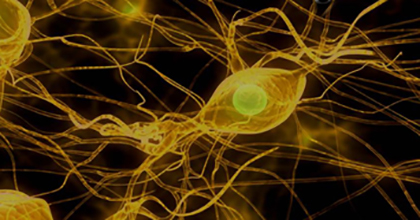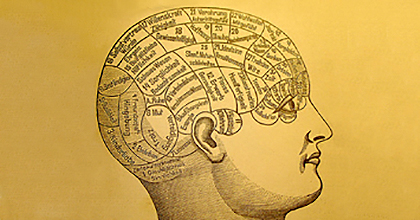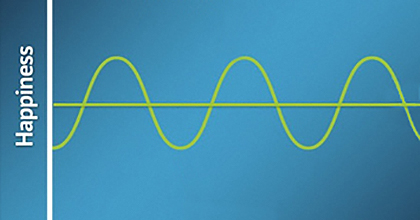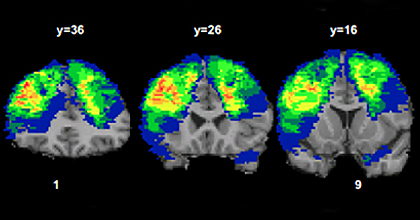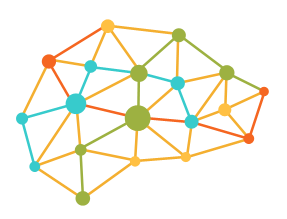For thousands of years, philosophers, poets, mystics, and ordinary people have wondered about human experience: What is the nature of, and what causes, all those sensations, thoughts, feelings, desires, and sense of “me?”
The modern sciences of psychology and neurology have been slowly but surely establishing a body of knowledge about the mind and its relationship to the brain and the body. This emerging “science of mind” is in its infancy, and a certain humility is called for.
That said, enough information has emerged to begin connecting some of the major dots, shedding real light on some of our biggest questions. Dr. Rick Hanson has been collecting resources to help answer these questions, including:



